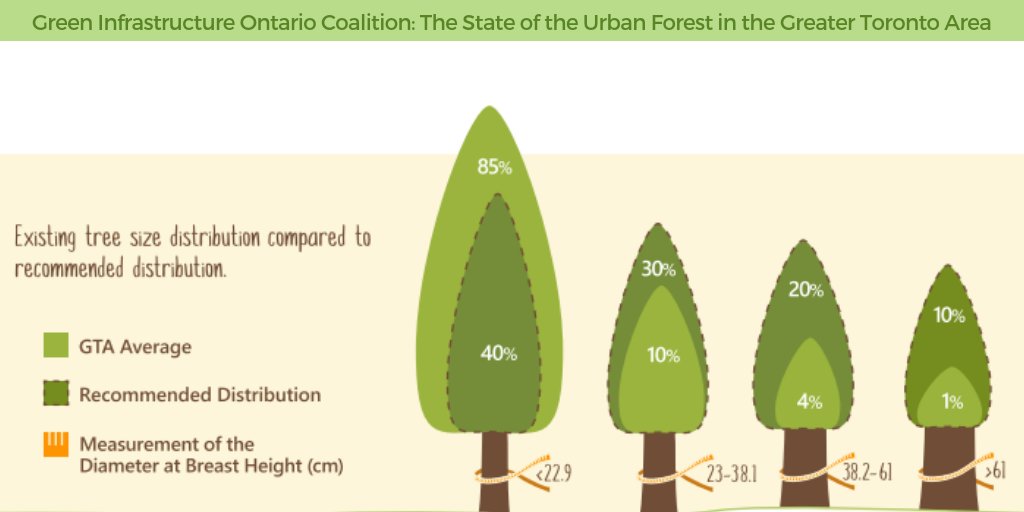Tree Care By Period: Reliable Techniques For Managing Trees Prior To And After Their Removal
Tree Care By Period: Reliable Techniques For Managing Trees Prior To And After Their Removal
Blog Article
Web Content Author-
When it comes to seasonal tree care, making sure correct monitoring prior to and after removal can significantly influence the health and wellness and visual appeals of your landscape. By comprehending the needed actions involved in assessing tree health and planning for elimination, you can proactively guard your residential or commercial property. But what concerning the essential techniques to comply with once the tree is gone? Remain tuned to find the essential post-removal care measures that will assist you cultivate a successful and lasting environment for your trees.
Pre-Removal Tree Care
Prior to resolving the removal of a tree, it's crucial to prioritize pre-removal tree treatment. Beginning by assessing the tree's wellness and structural stability. Try to find indicators of disease, insect problems, or any type of architectural concerns that may pose a security danger during elimination. It's important to speak with a qualified arborist to establish the best strategy.
Trimming dead or infected branches can stop further damage to the tree and ensure a smoother removal process.
Additionally, consider the environmental impact of removing the tree. Trees play a crucial duty in our ecosystem, so planting a brand-new tree in an appropriate location can assist balance out any type of loss. Guarantee that you have the necessary licenses and authorizations for tree elimination, specifically if the tree is protected by regional laws.
Seasonal Maintenance Tips
Examining your tree's demands throughout the year is essential for its health and wellness and long life. To maintain your trees in leading condition, adhere to these seasonal upkeep pointers.
In spring, focus on pruning to remove dead or broken branches and encourage brand-new growth.
Summertime asks for regular watering, especially during droughts, to ensure your tree stays hydrated.
As loss approaches, watch out for very early indicators of illness or stress, and think about using compost to protect the roots throughout winter.
In winter season, be cautious when removing snow from branches to avoid damage, and remain to monitor your tree's total wellness.
Bear in mind to readjust your treatment routine based on the details needs of your tree species and regional climate. By remaining alert and aggressive throughout the periods, you can help your trees grow and flourish for many years to come.
Post-Removal Tree Care
To ensure the health and wellness of your landscape also after tree removal, correct post-removal treatment is vital. After a tree is gotten rid of, it's essential to fill the staying opening with topsoil and compact it to prevent settling. arborist certification online will aid keep the honesty of the ground and stop possible risks in the future.
Take into consideration planting new plant life instead of the gotten rid of tree to bring back the equilibrium and aesthetic appeals of your landscape. Consistently water the location to promote the development of new plants and protect against soil disintegration.
Inspect the surrounding trees for any type of signs of disease or stress and anxiety that might have been triggered by the eliminated tree. Watch out for parasites that could've been drawn in to the previous tree and take safety nets to secure the continuing to be greenery.
If necessary, speak with a specialist arborist to analyze the influence of the removal on the bordering trees and figure out any additional treatment required. By complying with these post-removal care steps, you can ensure the continued health and beauty of your landscape.
https://www.realtor.com/advice/home-improvement/why-you-should-rip-up-your-grass-and-what-to-do-instead/ , aggressive seasonal tree care is essential for keeping the wellness and equilibrium of your landscape. By assessing tree health, pruning, and consulting with an arborist prior to elimination, you can make sure a safe process. After removal, filling up the hole, planting brand-new plant life, and routine watering will advertise new growth and prevent erosion. Bear in mind to check surrounding trees for illness and seek further care steps from an arborist to keep your landscape growing.
